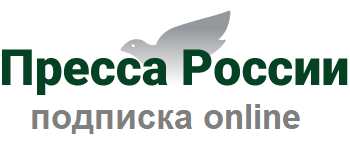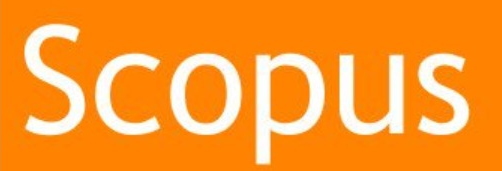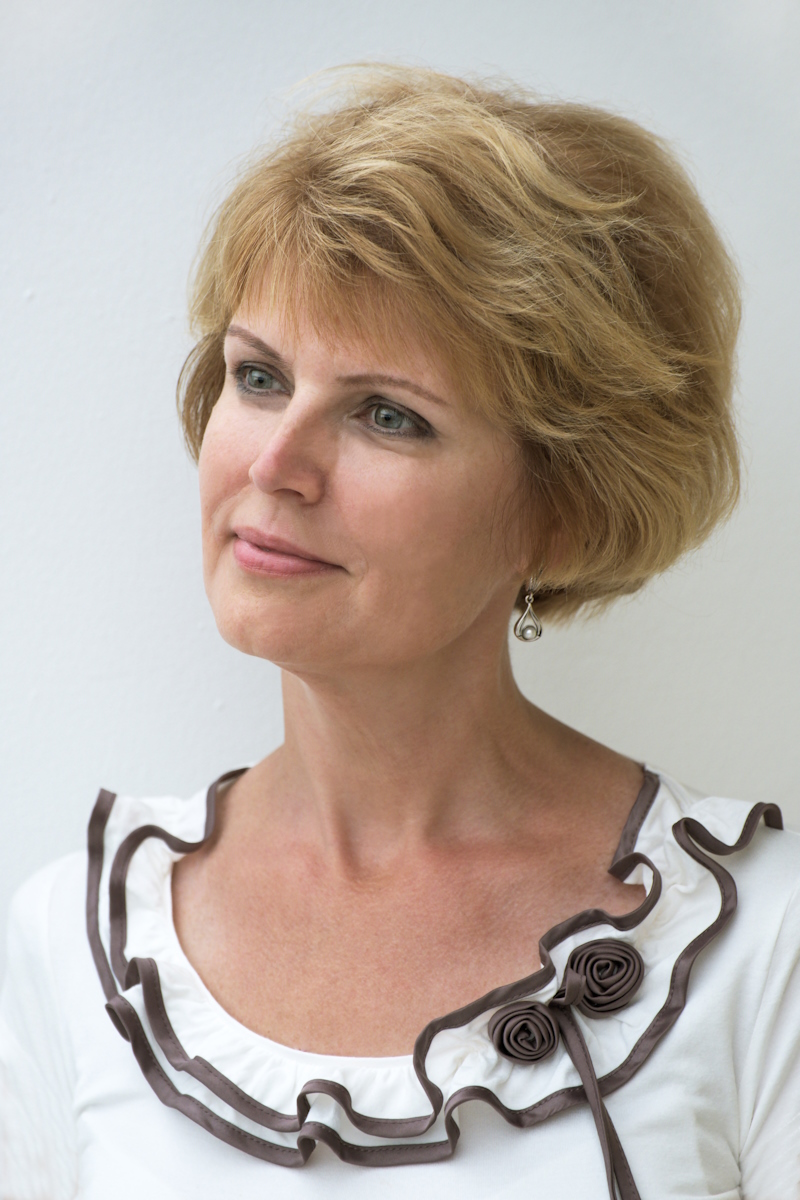Guidelines for submitting manuscripts
By submitting an article for consideration, the author agrees to the terms of the License Agreement (public offer) for the publication of materials and guarantees, for his part, compliance with the rules of publication ethics declared by the publication. The author is aware that an article published in violation of ethical rules is subject to retraction. The License Agreement (public offer) is concluded between the Publisher and the author / authors orally on the terms specified in the License Agreement (public offer), and is legally binding without being signed by both parties.
Scientific articles devoted to the study of musical and pedagogical problems in the field of general, additional and professional music education are accepted for consideration. The manuscript is sent to the editors in electronic form via e-mail at metod-musik@yandex.ru. The editors confirm receiving the manuscripts. If no notification is received within seven days, it is necessary to send the materials again.
The volume of the full manuscript text, including tables, figures and references, should not exceed 40,000 characters with spaces for original research. The downloadable file of the article should contain all the information for publication. Note examples, schemes, etc. are created in specialized computer programs. They should be sent separately as .jpeg, .bmp, .gif files (duplicating in .doc, .docx, .pdf, .eps – formats if additional notes are added to the image). Image files must be given a name corresponding to the figure number in the text (see the section “Requirements for materials”, item 13.4).
The article must have an automatically numbered bibliographic list. It is References. It is placed at the end of the text and formed in full accordance with current state standards and in the order of reference to the sources in the main text, and not in alphabetical order. The references should contain at least 15 sources, from which at least 5 sources published over the past 10 years. The references in the text are given immediately after the fragment requiring the reference, by writing it in square brackets, which specifies the serial number of the source in the bibliographic list. Examples: [17, p. 25], [3, p. 36].
All articles are checked in the Antiplagiat system (Antiplagiat) and peer reviewed in accordance with the Peer Review Policy.
Only the Executive secretary of the editorial board communicates with authors and reviewers.
The editors reserve the right to reduce the volume of the material and to literary edit it.
The view of the authors of publications does not necessarily coincide with the position of the editorial board.
In case of complete or partial reprinting of materials, a reference to the journal “Musical Art and Education” is mandatory.
There are no fees for publication of manuscripts, as well as honoraria.
Articles that do not meet the above described requirements are not accepted for consideration.
The date of receipt of the manuscript is the day of acceptance of the article for consideration.
Requirements to submitted materials
The article should be prepared in accordance with the requirements listed below and carefully proofread by the author.
The article can be written in Russian or English, the requirements for structure and design are the same for both languages.
The text must be printed in Word with the extension *.doc, be typed Times New Roman, a size of 14 pt in the main text, 12 pt in footnotes. Line spacing – one and a half. The page footnotes are put using the “footnote” function (Ctrl + Alt + f) in the Word program. The footnote is an Arabic number with an uppercase, the place of the footnote is before the semicolon or dot, but after the question, exclamation marks, ellipses. Page margins are 2 cm on each side; the text alignment in width. Repeated spaces and extra line breaks are excluded; hyphenation of words is automatic. Highlighting in the text can be done only in italics or bold letters. Paragraphs are marked with an indent of 1.25 cm (but not by tabulation of spaces); the interval between paragraphs is normal, font selections are italicized, and if necessary, additional highlighting is discharge (automatic, volume – 3 pt.).
Manuscript structure
1. The title of the article (in Russian). It should be informative, short enough and reflect the essence of the material. You can only use the conventional abbreviations (for example, y. is year). Abbreviations are not allowed.
2. Author(s)(in Russian). When writing names of authors, the surname should follow initials (for example M.V. Kostina). If the list contains more than 4 names, it is required to specify contribution of each author to the paper: the proportion of 100% and the types of work performed by each co-author (it is not published in the journal, it is necessary to evaluate the actual role of each co-author and protection from unreasonable attribution of authorship). The names are arranged in order of decreasing the contribution of the co-authors.
3. Author’s affiliation (in Russian). It is necessary to provide the full official name of the institution (without abbreviations), its postal code, city and country. If authors from different institutions took part in writing the manuscript, it is necessary to correlate the names of institutions and full names of the authors by adding digital indexes in the upper register before the names of the institutions and the names of the respective authors. The name of the institution mentioned first must correspond to the first author’s surname. If the author cooperates with several institutions, it is necessary to indicate those of them which are relevant to the article.
4. Abstract (in Russian). The abstract should be of a referential character and accurately reflect the content of the article. The text of the abstract should not contain abbreviations, except for units of measurement. The volume of the abstract can range from 150 to 200 words. If the article describes the original research, the abstract should have a clear structure that corresponds to the structure of the article: relevance, purpose, materials and methods, results, conclusions.
5. Key words (in Russian). These are 5–10 basic terms or personalities that are used in the article and which can be used by the interested reader to quickly find it. Therefore, it is not recommended to include keywords that are common terms for many subject areas or that represent a too wide range of meanings and therefore make it difficult to find your article.
6. Name (in English). If you comply with the rules of the English language, a name should fully comply with the Russian language.
7. The author (transliteration). The surname and initials of the author should be written in the same way as in previously published works. The names of the authors of the articles in transliterated form should correspond to the authors’ profiles available in databases, so as not to impede their identification and consolidation of data on their publications and quoting under one profile (identifier – author ID). Authors, publishing for the first time, should use the BSI transliteration standard.
8. Affiliation (in English). It is necessary to indicate the official (written in the organization’s Charter) English-language name of the organization (without abbreviations), its zip code, city and country.
9. Abstract (in English) should fully correspond in the sense and structure to the Russian-language one (from 250 to 350 words). The abstract translated into English serves as a reference tool for foreign readers and is for them the main source of information about the article. Using annotation foreign specialists evaluate the publication, determine their interest in the work of a Russian scientist, can use it in their publication, make a link to it, etc. Therefore, it must be done in high-quality English, using accepted and understandable English-language reader terminology.
10. Key words (in English) should fully correspond to key words in Russian and the terminology accepted in the scientific sphere.
11. The main text of the article (in Russian or in English)
11.1. An article submitted in English should contain a title, abstract, keywords in Russian.
11.2. Abbreviations must be deciphered at first use in the text except common.
11.3. The original names of art works – both Russian and foreign – are given in the usual font with a capital letter and in quotation marks. Genres – with a capital letter, without quotes. The serial numbers of symphonies, concerts, sonatas are given in words (not a number), also with a capital letter. The designations of the opuses are not separated from the name by a comma. Example: Prelude h-moll op. 7 no. 2, Second piano concert op. 29. Sound names are written in Latin letters: h, G, etc. Dates are indicated by numbers: centuries – Roman, years and decades – Arabic. (using the Russian letters «Х», «У», «Ш», «П» in writing Roman numerals, the letters «О» instead of the number “zero” is not allowed, and vice versa).
11.4. If there are illustrative materials in the article, references to them are mandatory. All illustrative materials should be numbered (numbering is continuous) and be accompanied by signatures. Illustrative materials (musical examples, photographs, charts, graphs, diagrams, etc.) must be made taking into account the possibilities of black-and-white printing (clearly, without small details, the use of backgrounds, halftones, color elements is unacceptable). Graphic materials (diagrams, diagrams, etc.) should be presented in vector format (.ai, .eps, .xls(x)); musical examples and photographs – in .tif or .jpg format with a resolution of at least 300 dpi. All signatures and transcripts for illustrative materials are necessarily duplicated in English.
11.5. All tables in the text are numbered and accompanied by headings, a link to the table should be given in the text.
11.6. For direct citations, the page number must be indicated. The link to the page is separated from the link to the source of the comma: [5, p. 42]. If links to several sources are given in square brackets at the same time, they are separated from each other by a semicolon: [7, p. fifty; 8, p. 95]. Quotations are given in regular type in quotation marks (« »), inside quotations – normal (“”).
11.7. The author is responsible for the reliability of the information, the accuracy of citing and references to sources and literature.
11.8. The structure of the text of the manuscript should contain following sections:
Introduction. The relevance of the study based on the presented literature review, the status of the issue with links to the most significant publications are revealed; goals and objectives are indicated.
Main part. The research results are presented in a logical sequence. New and important aspects of the research, the interpretation of its results, their significance with reference to previously published own works and the works of other authors are presented. This section assumes the division of the text into subsections. Each subsection is preceded by a subheading characterizing its substantial focus.
Conclusion. Briefly summarizes the results of the study, based on the analyzed data, and points out that require further solutions.
12. Additional information(should be presented both in Russian and English)
12.1. Information about sponsorship. If there is a source of funding for research or publication of an article (grant, fund, commercial or state organization, private person, etc.), it is necessary to indicate it.
12.2. Acknowledgement. The authors can express their gratitude to individuals and organizations that contributed to the publication of the article in the journal.
13. References
The references is placed at the end of the text (it is included in the total volume of the article). It includes all literature and other sources used by the author (scientific reports, dissertations, legislative acts, etc.).
13.1. The names of Russian-language journals should not be abbreviated.
13.2. Sources in Cyrillic should be presented in accordance with the requirements for a short bibliographic record GOST 7.1-2003 «Bibliographic record. Bibliographic description. General requirements and rules of compilation» or GOST 7.0.5-2008 «Bibliographic reference. General requirements and rules of compilation».
13.3. After the description of each Russian-language (or Cyrillic) source in square brackets, its description is given in Latin:
- If an article is given in a journal or a collection of materials, it is required to present its title in English. The official English-language title of the journal is indicated, if there is none, – its transliteration:
- If a monograph, a scientific report, a dissertation work, a collection is given as a whole, a transliteration of the name and its translation into English is given.
13.4. It is necessary to use automated transliteration http://translit.net/ru/bsi/), BSI standard (British Standards Institution & Chemical Abstracts Service BS 2979).
13.5. Foreign sources in the Latin alphabet remain unchanged. Sources in languages using atypical fonts (Chinese, Arabic, etc.) are made using transliteration according to the rules described for sources in Cyrillic.
14. Information about the author/authors (in Russian and English) contains the full name of the author, the place of work with the indication of the department, chair, laboratory (abbreviations are not allowed, the translation of the name of the organization must correspond to the official version of the name of the organization in English), position, academic title or status, academic degree, e-mail address.
14.1. Undergraduates, graduate students and doctoral students additionally indicate the full name, degree, academic rank, position of supervisor / consultant. The name of the educational institution / place of work in Russian and English is provided in the form in which it is given in official documents / on the web pages of universities or scientific organizations.
14.2. It is necessary to indicate the available phone number (preferably mobile) of the author. If the article is written by several authors, contact information of the person responsible for communication with the editorial office is presented. This information is not subject to publication.
Copyright Notice
Authors who publish with this journal agree to the following terms:
- Authors retain copyright and grant the journal right of first publication with the work simultaneously licensed under a Creative Commons Attribution Licensethat allows others to share the work with an acknowledgement of the work’s authorship and initial publication in this journal.
- Authors are permitted and encouraged to post their work online (e.g., in institutional repositories or on their website) after the publication, as it can lead to productive exchanges, as well as earlier and greater citation of published work.
Privacy Statement
The e-mail addresses provided by the authors will be posted in the journal and will become publicly available. Phone numbers will be used solely for communication between the editorial office and the author and will not be used for any other purposes or provided to other individuals and organizations.











